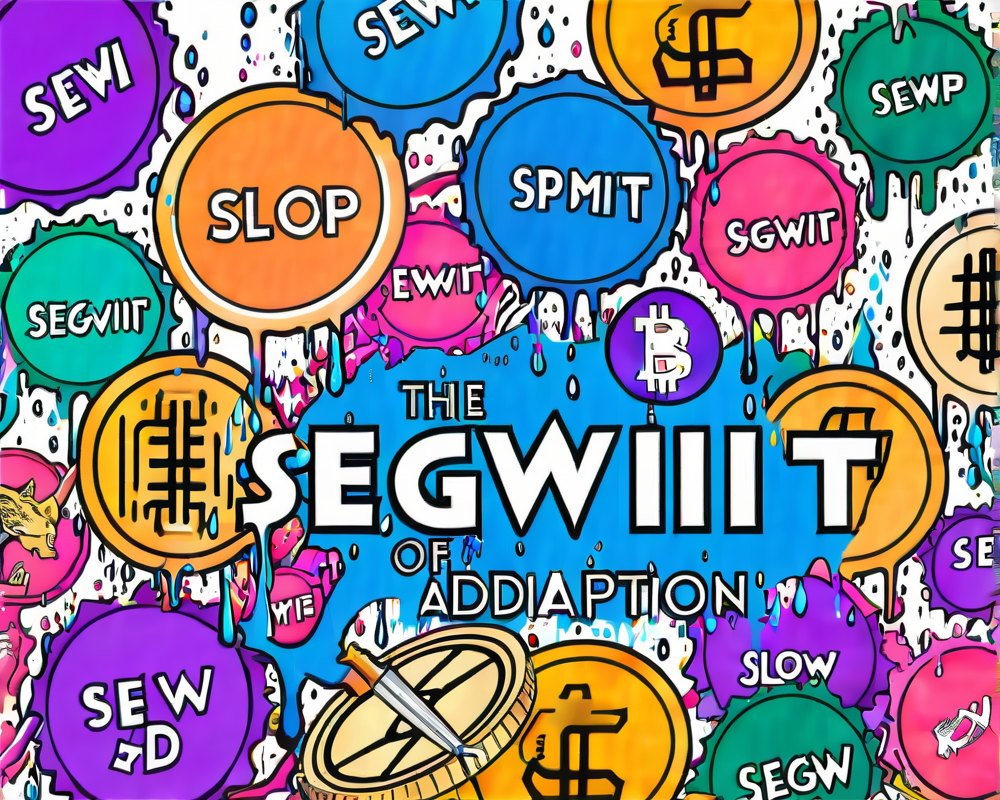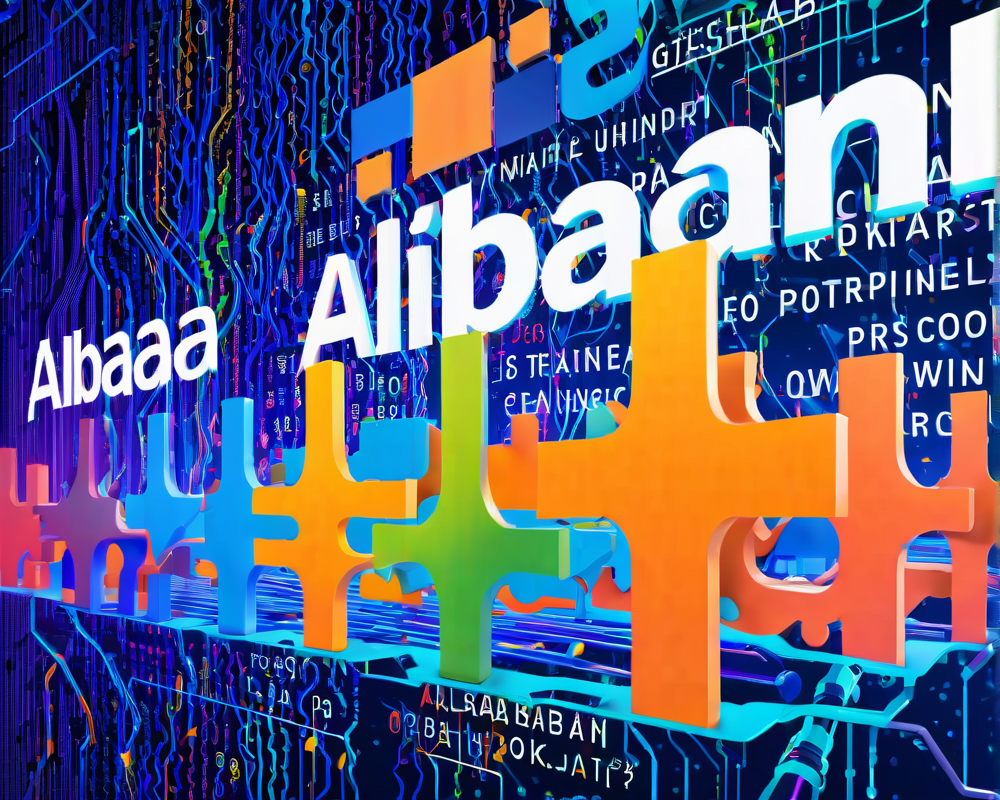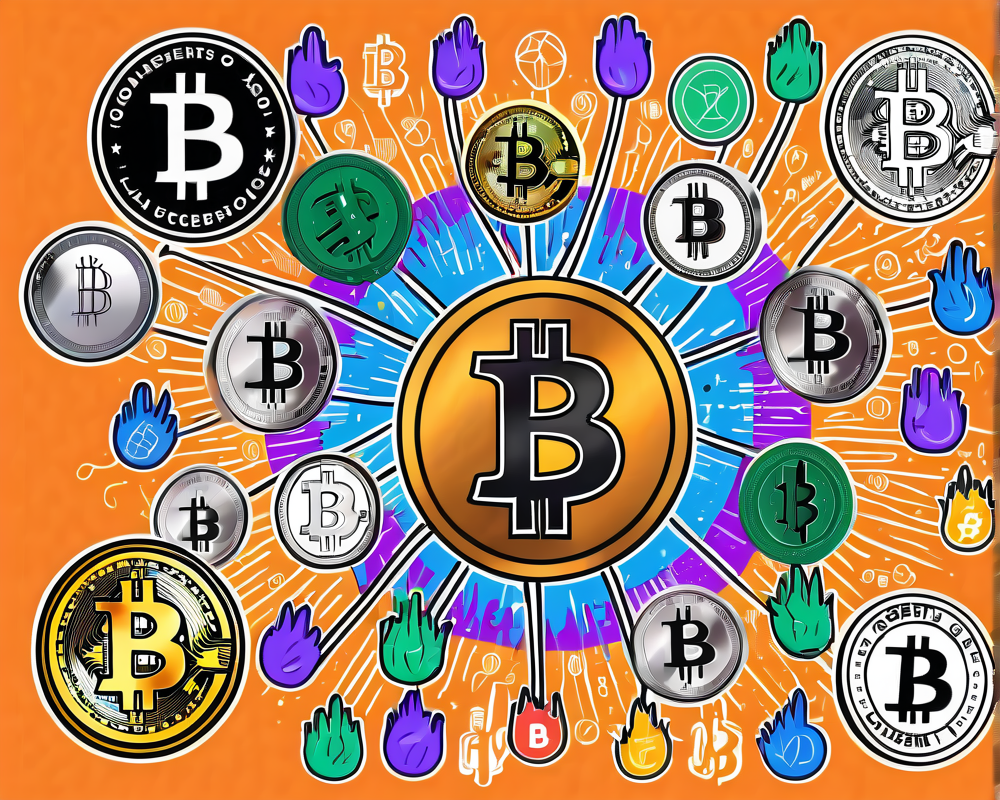Understanding SegWit and Its Importance
First introduced during the infamous blocksize war between 2015 and 2017, Segregated Witness, or SegWit, was designed to enhance the Bitcoin network by making transactions safer and faster. In the simplest terms, it separates the “witness” data from the main transaction, which essentially means you can fit more transactions in a block. Think of it like shoving extra toppings on a pizza without making the crust thicker. As a result, SegWit improves scalability, an indispensable feature for Bitcoin’s growth.
Exchanges and Their Reluctance to Embrace Change
Despite the substantial benefits, several major exchanges are still slow to embrace SegWit. Binance, one of the giants in the crypto exchanges arena, has only recently acknowledged the need for adoption, climbing its SegWit usage rate to a still lagging 50% by the end of 2021. For comparison, Coinbase and FTX are sitting pretty at a cheerful 100%
The Numbers Don’t Lie
According to Glassnode, among major exchanges, they account for about 40% of Bitcoin block space. Just consider the fact that Binance and Coinbase collectively munched down 25% of the block space last month. If these heavyweight exchanges don’t make the leap to full SegWit adoption, Bitcoin’s scaling potential might remain capped, like a poorly sealed soda bottle refusing to let the fizz out.
Why Some Exchanges Are Still Hesitant
Tomer Strolight, editor-in-chief at Swan Bitcoin, believes that the adoption of SegWit—and other technologies like batching and Taproot—is essential for reducing congestion and lowering fees. But ironically, Strolight notes that the success of SegWit might backfire. “Maybe the laggards will only move when fees skyrocket, forcing them to finally make the switch,” he mused. Talk about needing a friendly nudge—or maybe a shove!
Different Levels of Adoption
Glassnode conducted a deep dive into the SegWit adoption rates among 18 major exchanges. The results are telling:
- One-third of these exchanges are full-on advocates of SegWit, boasting adoption rates over 90%—way to lead by example!
- Another third, which includes Binance, are making solid efforts with adoption rates between 50% and 80%.
- The remaining six? Yeah, they’re still clinging to those old-school Bitcoin addresses that start with the number 1, rather than the new shiny SegWit addresses starting with the number 3.
What Lies Ahead?
While many are optimistic about Bitcoin’s future, the reality is that the slow adoption of innovations like SegWit could hinder progress. Of course, with the introduction of Taproot, the newest Bitcoin soft fork, stir up even more hesitation among slow-moving exchanges. If they think upgrading is tough now, just wait until they have to deal with the new brunch-friendly features! But for now, we just might have to wait for transaction fees to rise before we see any significant shifts.




